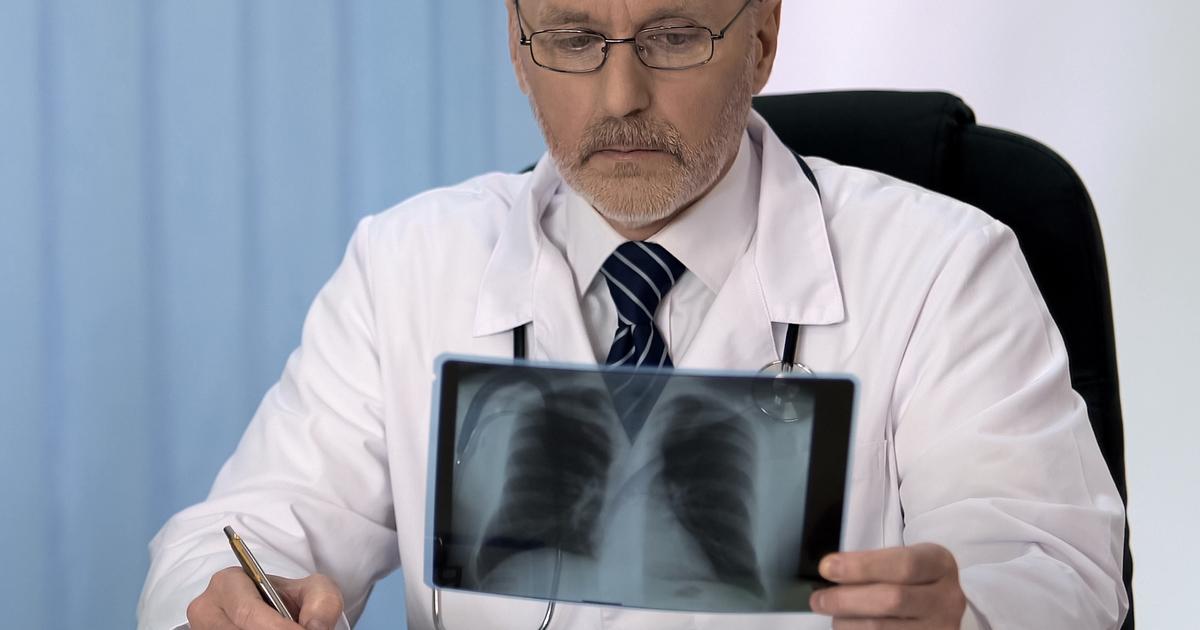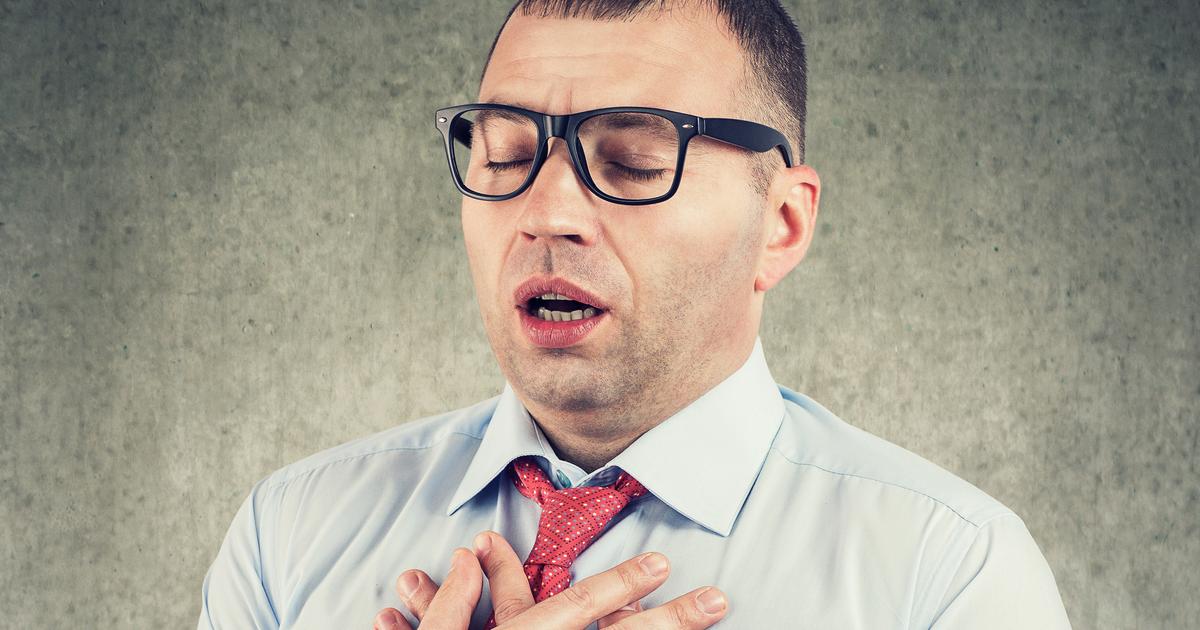Serious Symptoms Of Emphysema
Emphysema is a lung condition that causes patients to experience progressive shortness of breath. This condition causes damage to the small sacs in the lungs that fill with air, called alveoli. As the condition progresses, the alveoli inner walls become too weak and burst. Emphysema is caused by long term exposure to irritants in the air, including marijuana smoke, tobacco smoke, chemical fumes, air pollution, and chemical dust. Some individuals develop emphysema due to an inherited protein deficiency called alpha-1-antitrypsin deficiency. Diagnosis of emphysema is made with a physical examination, x-rays, blood tests, CT scans, spirometry, and lung function tests. Treatment of an individual affected by emphysema may include inhaled steroids, antibiotics, bronchodilators, nutrition therapy, pulmonary rehabilitation, supplemental oxygen, lung volume reduction surgery, and lung transplant.
There are multiple serious symptoms of emphysema. Get the full details on each now.
Shortness Of Breath

Emphysema causes the alveoli in the lungs to rupture, which creates a larger space in the tissue that cannot be utilized and less surface area in the lung for the exchange of carbon dioxide and oxygen. As the disease progresses, these spaces in the lungs become larger and larger. The large space causes old oxygen-poor air to become trapped in the lungs, keeping it from expanding and filling with new air that is rich in oxygen. Shortness of breath is a term used to describe when an individual feels an intense chest tightening sensation, has problems breathing, is starved of air, or feels like they are being suffocated. It is also commonly referred to as dyspnea in the medical community. Healthy individuals usually only experience shortness of breath when they are engaging in very strenuous exercise, are morbidly obese, are in extreme temperatures, or are at a higher altitude. Emphysema patients experience shortness of breath because they have less surface area in the lungs to facilitate the transfer of oxygen into their blood.
Uncover more symptoms of emphysema now.
Blue Lips Or Fingernails

Cyanosis is a term used to describe a symptom where the skin of the lips and the skin underneath the fingernails turn blue. Blue lips and fingernails occur when the oxygen content of the blood is too low. The parts of the skin affected by low oxygen concentration have a different color of blood flowing through them than parts of the body with blood with a higher concentration of oxygen. Oxygen-rich blood is bright red and reflects light from under the skin as a pink or flesh color, where oxygen-poor blood is very dark red and reflects light from under the skin as a blue or grey color. The blue discoloration occurs because light reflects from the two colors of blood differently. An individual with emphysema has lungs that do not work as well as they should due to weakened alveoli. Oxygen-poor air fills into spaces where the alveoli have ruptured, not allowing oxygen-rich blood to enter the lung. As a result, the oxygen content of the blood is lower than normal in distant body parts like the fingertips and mucous membranes.
Get more details on the serious symptoms associated with emphysema now.
Frequent Lung Infections

Lung infections develop when a foreign pathogen enters the lung tissues and is allowed to colonize and thrive in those tissues. The pathogenic invasion of the lung tissues induces a response by the immune system, which produces many of the symptoms associated with lung infections. An emphysema patient has lungs that are already compromised both structurally and functionally. Emphysema causes the lungs to decrease in surface area and develop large openings where old air can become trapped. When a foreign body or pathogen enters an affected individual's lungs, it has a greater chance of causing an infection because it may become trapped as well. Individuals who have emphysema are unable to expel foreign particles and pathogens the same way as a healthy individual because of their lung damage. This mechanism provides the opportunity for lung infections to develop frequently.
Read more about the warning signs of emphysema now.
Chronic Fatigue

Chronic fatigue is characterized by an individual's inability to carry out normal daily activities without feeling overly exhausted and tired. It occurs when there is not enough energy to provide to all of the cells around the body. For the cells in the body to produce usable energy, they require a constant supply of nutrients such as glucose and oxygen. While cells can make energy in the absence of oxygen, this secondary mechanism does not work efficiently and produces potentially toxic byproducts. An individual affected by emphysema does not have as much oxygen in their blood circulation as a healthy individual. This poor oxygen concentration in the blood is because the lungs are too damaged to facilitate an adequate amount of carbon dioxide-oxygen exchange. The poor oxygen concentration of the blood causes an overall shortage of cellular energy in the body. In such conditions, the body allocates energy to vital organs like the lungs and heart. This mechanism takes energy away from the cells of the muscles in the rest of the body, causing fatigue.
Learn more about the various warning signs of emphysema now.
Wheezing

Wheezing describes when an individual produces an abnormal high-pitched or whistling noise during the process of breathing. This sound is most prevalent when they are exhaling. This abnormal sound is caused by inflammation of an individual's airways, where they become swollen and narrowed. The altered movement of air through narrowed airways is the mechanical mechanism behind the high pitched whistling noise. An emphysema patient may experience wheezing when the air sacs in their lungs become weak and burst open. This tissue damage causes the immune system to respond to the site. The inflammatory process takes place in the lungs, producing swelling, increased blood flow, pain, and discomfort. The swelling and increased blood flow cause the neighboring lung tissues to become compressed, narrowing the individual's airways to the point where breathing causes wheezing.